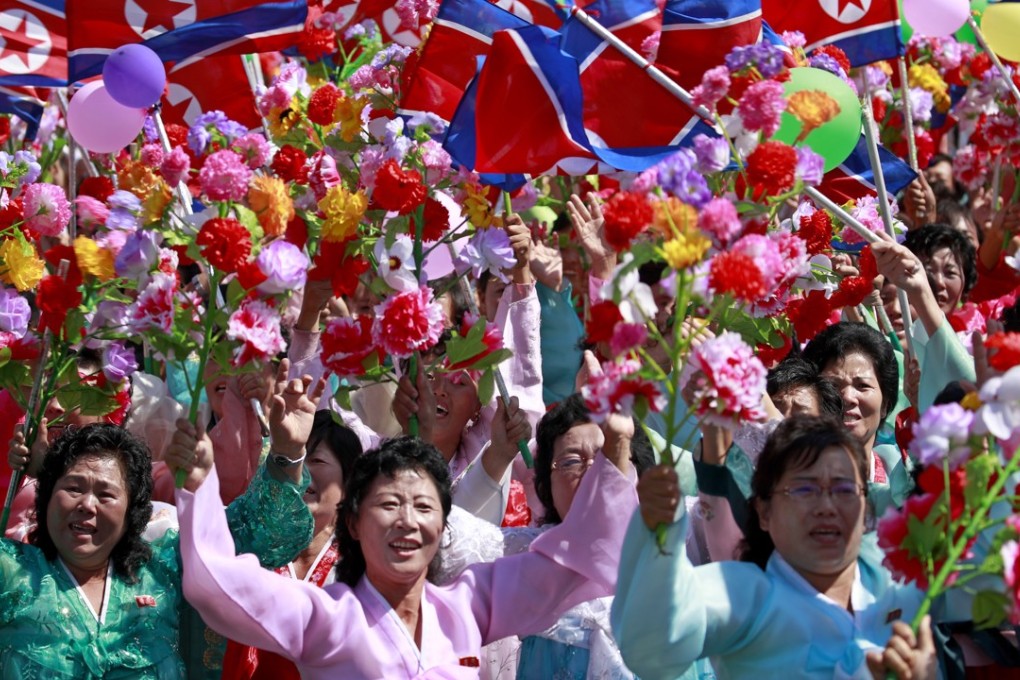Opinion | How North Korea could be an economic powerhouse if planners look beyond its natural resources
Wonsik Choi and Jonathan Woetzel say efforts to kick-start the North Korean economy that focus on human capital, connectivity and the adoption of market mechanisms could reinvigorate South Korea, too

That would put the Korean peninsula, if measured as a single economy, roughly on par with Japan, Germany and the UK – and trailing only China, the US and India.
These outcomes would need to be spurred by an annual growth rate in a more integrated economy of 5 per cent, sustained over three decades. Daunting? Absolutely. Impossible? No. Other countries such as China, Vietnam, India, Ethiopia and Uganda have sustained 6 to 10 per cent annual average growth over the past three decades.
But reaching those stretch goals also requires a bold vision that goes well beyond what many currently suggest is the right path: simply, better exploiting North Korea’s abundant, untapped mineral and hydrocarbon resources and replicating the classic industrialisation journey – from cheap, labour-intensive light industry to state-of-the-art heavy industry that the South followed from the early 1960s to the mid-1990s.
Instead, North Korea needs to take a “future back” development approach, which envisions the future and then works backwards from that. The approach in North Korea should leverage digital technologies to better equip large pools of young talent, and take advantage of proximity to some of the world’s most advanced companies in China, Japan and South Korea. Helping the North achieve such a radical reset could, in turn, provide the South, which has been on a sluggish trajectory since 2012, with its own welcome productivity and growth jolt.
